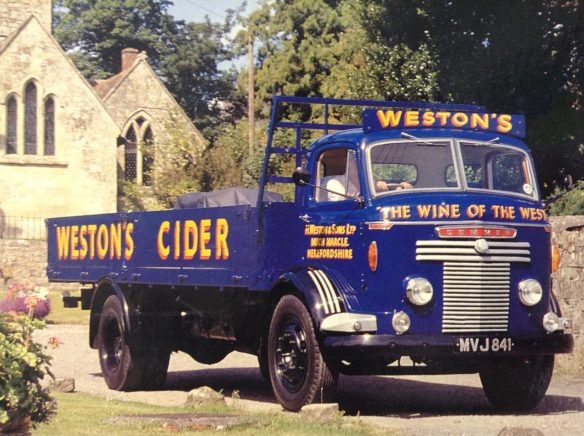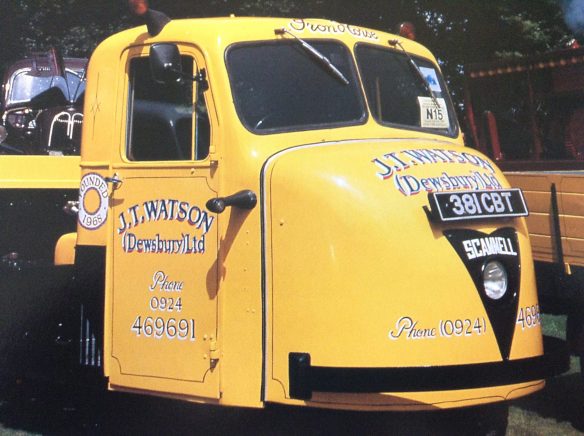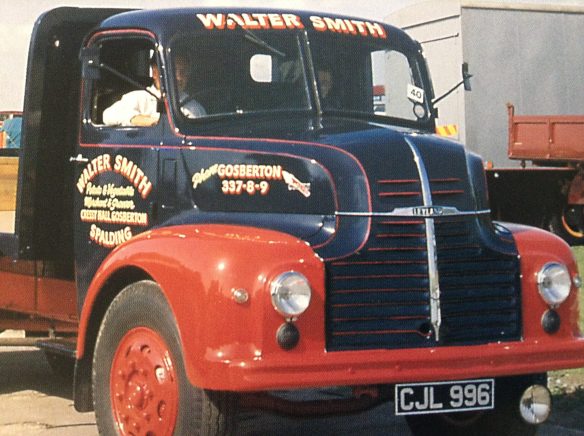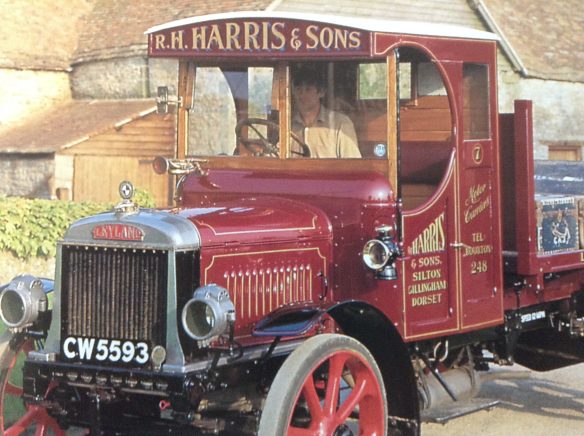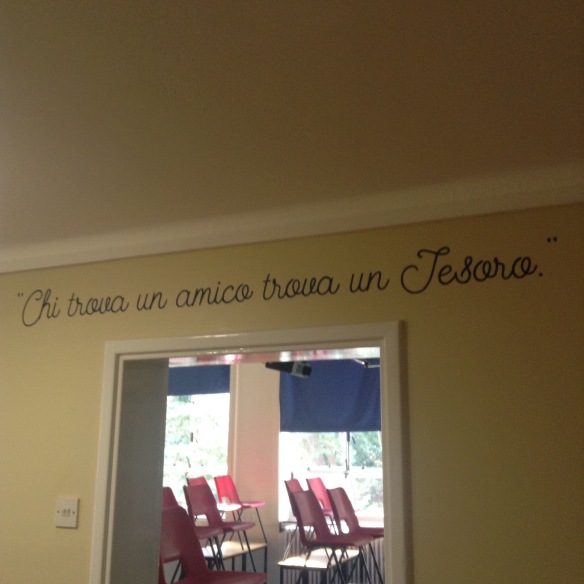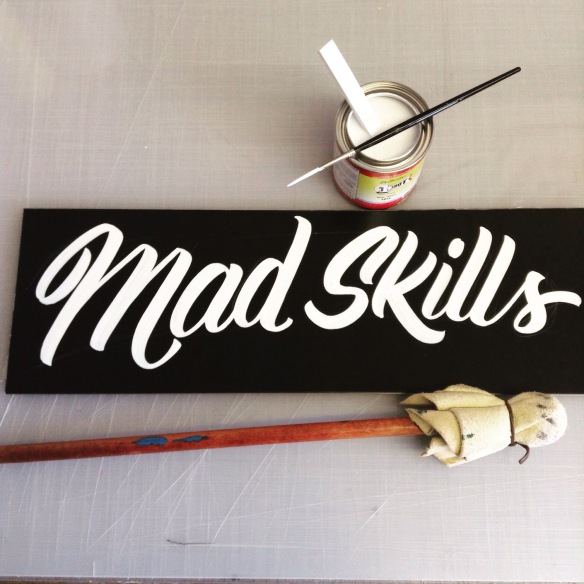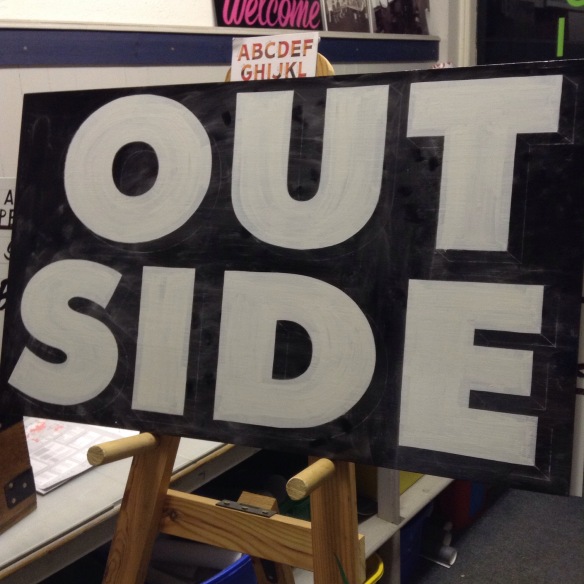This is a piece I wrote for the Pre-Vinylite Society blog two years ago. The Pre-Vinylite Society is the brainchild of Boston husband and wife team Josh Luke and Meredith Kasabian of Best Dressed Signs. As well as being working signpainters, they also run workshops, curate sign-inspired exhibitions, and generally strive to promote the appreciation and continuation of the hand-painted sign tradition. See the links at the bottom of the page for more information.
1.
My first job was painting estate agent posts. Two and a half metre lengths of 2×2 pine – planed and finished with a sharp spike at one end. I would usually paint a hundred in one go – ten at a time laid out in a tidy row on a pair of trestles, painting the upper most sides first before flipping them over one at a time and continuing until all four sides were covered, then I would lean them against the wall to dry and line up the next batch. Each post would require two or three coats. I was ten years old.
I enjoyed the work and I loved spending time at my dad’s sign workshop (not mentioning the pocket money!). If the weather was fine he would set me up out front on the gravel driveway in oversized paint overalls where I would often meet the tradesmen who frequented the building to arrange and collect sign orders or to deliver materials.
The workshop itself was a converted stable in a suburb in the southern coastal town of Bournemouth – a ramshackle two floors of paint-encrusted work surfaces and cobwebbed corners stacked with disused signs and old silkscreens, all flavoured with the constant chatter and radio buzz of good work. In between post-painting chores and sweeping the floors there was plenty of time for exploring and an array of dark, untouched spaces in which to do so.
My recollections of the workshop seem vivid, right down to insignificant details – hours spent playing on the large wooden stairway and utilising my dad’s mahl stick and T-squares as makeshift weapons. I can still recall the photo pinned on the wall of my grandfather on a Christmas carnival float dressed in full Santa attire, taken from the local newspaper, and the many paint smears adorning the walls where the my dad and his team would test colours.
The experiences gathered here can go some way to explaining some of my current values. I consider this the reason why I can’t tolerate too tidy a workspace, why I find a cluttered workbench or an old tin with paint dripped and hardened around the rim aesthetically pleasing, why the smell of paint thinners is not altogether unpleasant.
2.
My dad left school in 1962, aged 16, to begin a signwriting apprenticeship, which in those days also incorporated skills in painting and decorating. He then followed his father into the family sign business, established in 1954, and has worked in the trade ever since with no real desire to retire despite being well into his sixties.
My dad often recounts tales of those pre-vinyl years. Some I’ve heard many times though I don’t tire of them. Stories of my grandfather suffering an attack of vertigo whilst signwriting at the top of a triple extension ladder, or the time my dad had to paint the name on a boat by hanging upside down over the edge of the vessel in question. He would tell me of times when they would work through the night, working to deadlines painting signs for exhibitions in London. He’s also helped me to imagine scenes at the Dean Court football ground with workers from different sign companies painting the billboards surrounding the pitch, sharing paints and conversation.
These days the notion of a job for life can seem quaint or simplistic, in a time where mature student numbers are at their highest and it’s not uncommon to experience a mid-life career crisis and re-evaluation. This, of course, can be a very positive thing, but there’s much to admire in someone devoting their entire life to a vocation. Some folk just manage to find their groove earlier than others I suppose.
In contrast my path was thus: I left school with moderate grades, a brief stint at college, a couple of enjoyable but undemanding jobs before taking employment in the family sign company cutting vinyl in a back room that had once been my sister’s bedroom (by this time a recession and the advent of vinyl had forced my dad to strip everything back, including staff and workspace and start from scratch with a computer and vinyl plotter, working from home), blew that all of after a couple of years so I could go travel with my future wife, came home and took a job in retail, and crawled back to my dad when that turned sour (by which time things had begun to improve and he now had a small high street sign shop).
So far it’s a fairly regular tale of a non-committal career progression. I’ve been with him ten years now and, while I’ve always had a pretty strong work ethic, for a time I still found it hard to say “this is what I’ll be doing for the rest of my life”. It took some time to convince myself that this was where my heart was. But then something changed.
3.
I can’t remember the exact time I decided to take up hand-painted lettering. It had been on my mind for some time but things were often too busy in the office to consider what would essentially be an apprenticeship. It certainly wasn’t a decision rooted in any business incentive – my dad was still keeping his hand in with small gilding jobs and the occasional pub signwriting – but it was hardly boom time. So the decision to venture into signpainting was less of a financial concern and more formed from a desire to do something substantial, something that couldn’t be achieved in a month with the right software and a YouTube tutorial. It also seemed absurd not to, considering I was working every day with someone in possession of a lifetime’s experience and the required skills to teach me.
I’d spent much of my time to this point flitting between various interests, being intensely preoccupied for a time before moving on, never particularly distraught when things ran their course. The pursuit of signpainting had weight to it, something that was threaded through the best part of a century of my family history.
This, coupled with a burgeoning online community of like-minded people, who seem intent on dragging signpainting from its revered place in the past into a more contemporary setting, not content to just view it in a nostalgic context, are all the incentives needed to push through the barrier that can occasionally appear when you’ve spent an hour painting single practice strokes in black one-shot enamel – striving for some kind of perfection, realising all the time that this truly takes practice, this takes work. It’s been just short of two years since I first picked up the brush, and I’m trying to balance the patience of persistent practice, of really grasping the basics and not getting too ahead of myself, with the occasional regret that surfaces – that I didn’t get round to this sooner. But there’s little point in beating yourself up over the time it takes to get to where you’re going, it’s good to just get there.
4.
With my main focus now firmly on becoming a signwriter it can become easy to dismiss vinyl although I’ve always been slightly at odds with this attitude. I’ve lost count of the times I’ve heard customers bemoaning the modern computer methods in comparison to the traditional – not that many of them would invest in the extra time and money required for good handpainted work.
Time is my main grievance. The time it takes to produce vinyls has raised client expectations to the extent that it’s sometimes hard to meet demand. Last week I had to turn a potential customer away after he enquired about “while-you-wait signs”. I politely told him to get in the queue.
Of course there is excellent work being produced in digital and vinyl formats, providing people invest their heart and energy in their work it shows in the finished product. The funny thing is that without vinyl my dad would possibly be scraping a living as a painter and decorator now. Investing in a plotter gave him a lifeline, an opportunity to keep working within the trade when things turned tough, even though he resented it at the time. And now that there are signs of resurgence, when signwriting is being recognised for its craft and people are looking for beautiful, hand-crafted signs to make the most of their business, he’s back doing what he loves.
Best Dressed Signs
Pre-Vinylite Society







